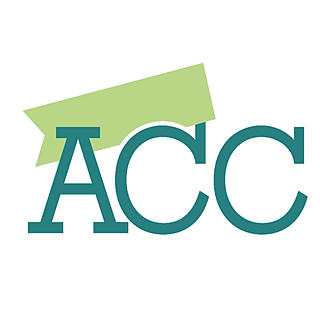Get Smarter About Electric Construction Equipment
- Arizona Contractor & Community
- Jun 12, 2023
- 2 min read
CONEXPO-CON/AGG
Sustainability in the construction industry is being advanced by the public and private sectors. Governments are adopting more clean-air regulations at local and regional levels, and companies are adopting sustainability policies and asking partners to help them meet their targets.

Consequently, many manufacturers have already developed – or are in the process of developing – electric-powered construction equipment to meet increasing emissions regulations, provide efficiency improvements, and lower operating costs. All electric, electric/hydraulic, and battery-operated versions rival their diesel and gas counterparts in performance, according to Joel Honeyman, Vice President of Global Innovation at Bobcat.
“People say electric machines are not going to perform as well as a diesel machine,” Honeyman says. “That is simply not true. In many cases, they can outperform them. Many people are so used to what they have and are afraid of new technology. Some companies have been running diesel or gas-powered equipment for 40 or 50 years. Hydraulics have been on equipment for 80 years. Adjusting to an electric-powered machine is quite a paradigm shift.”

Honeyman sees electric-powered technologies and their applications spilling into our industry. “Look at what is happening in the auto industry,” he says. “Tesla has really driven the battery electric concept, and an entire industry is shifting.”
Green construction technology is only getting better and smarter with new machine and equipment applications and opportunities, he adds. Among the many advantages of electrification, according to Honeyman, are “noise and vibration reduction, instantaneous power, and software features that are otherwise unavailable with a diesel engine and hydraulics.”
Matt Sagaser, Director of Innovation Accelerated at Bobcat’s Acceleration Center, says that “the software features allow us to advance and accelerate the technology. We are doing it in a way that is more efficient and cost-effective, and beyond expectations from a power perspective. Overall, our electric innovations allow us to offer customers an experience they may not have previously imagined.”
Sagaser adds that his company could have very easily removed the diesel engine and replaced it with a battery. “Instead, our innovation team, which leads this project, wanted to see what other advantages we could achieve if we made it all electric and removed the hydraulics as well. That opened up a lot of possibilities.”
To read the rest of this article, you are invited to purchase the digital issue here.
This article originally appeared in the bimonthly Arizona Contractor & Community magazine, Jan/Feb 2023 issue, Vol. 12, No. 1.








Comments